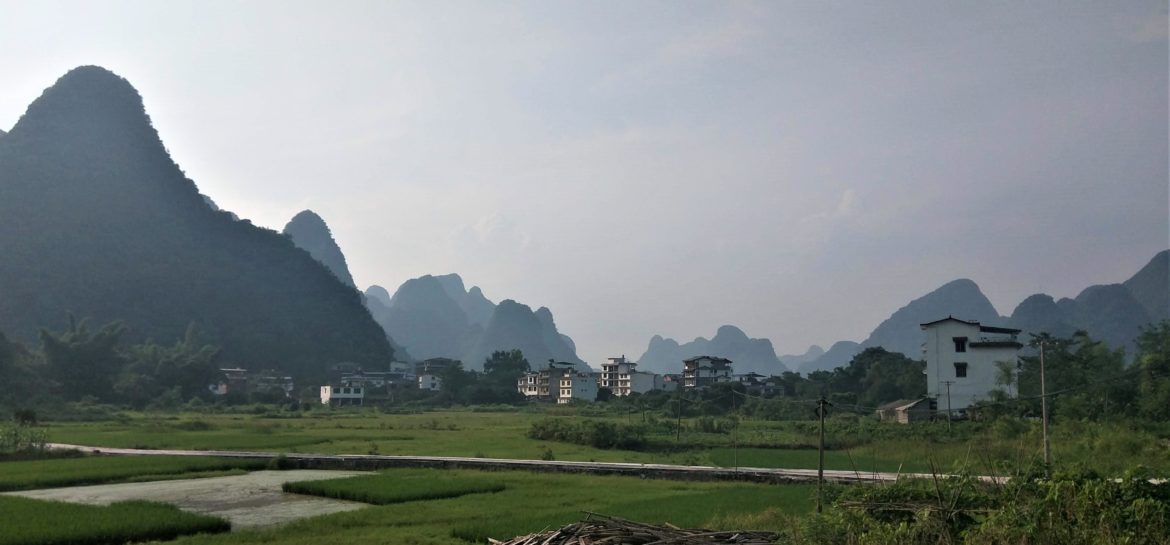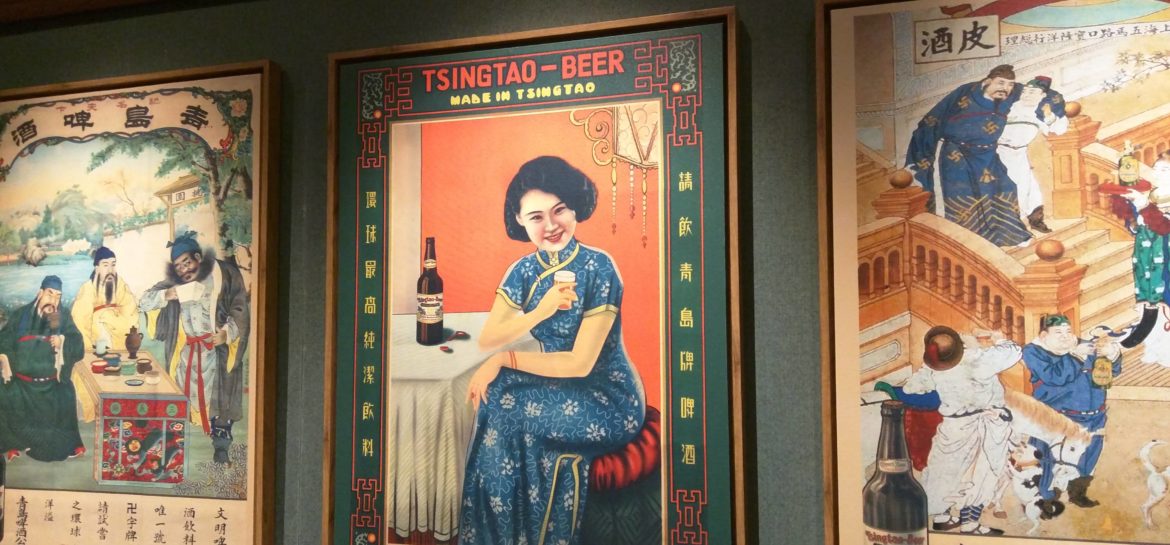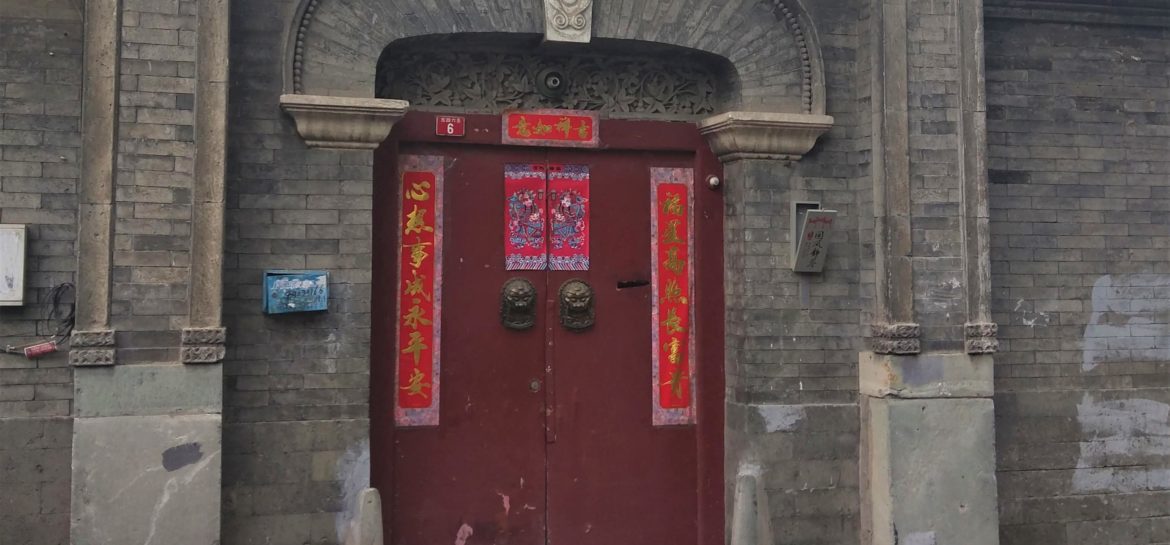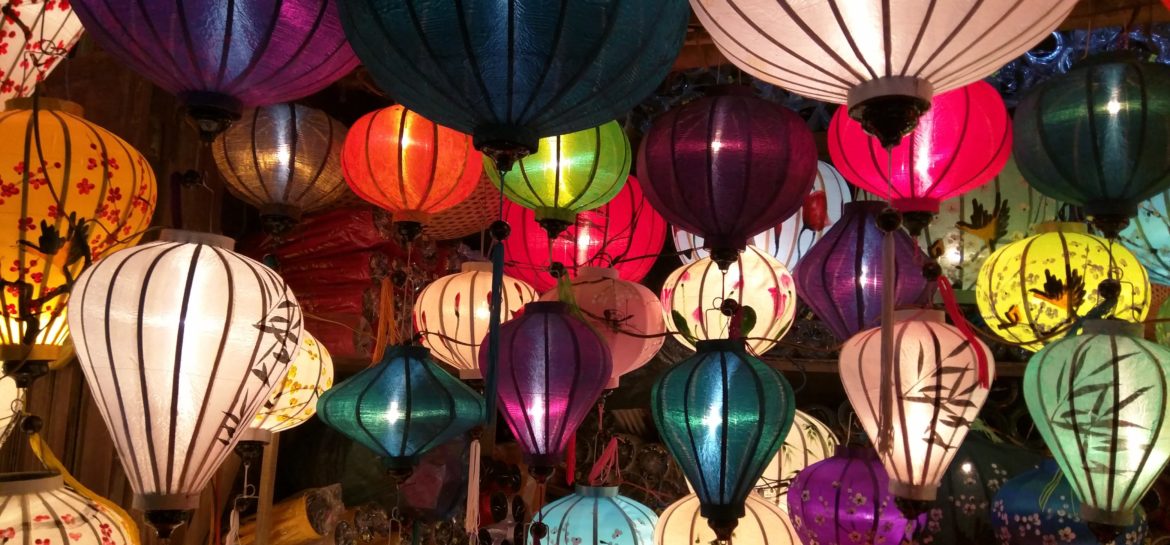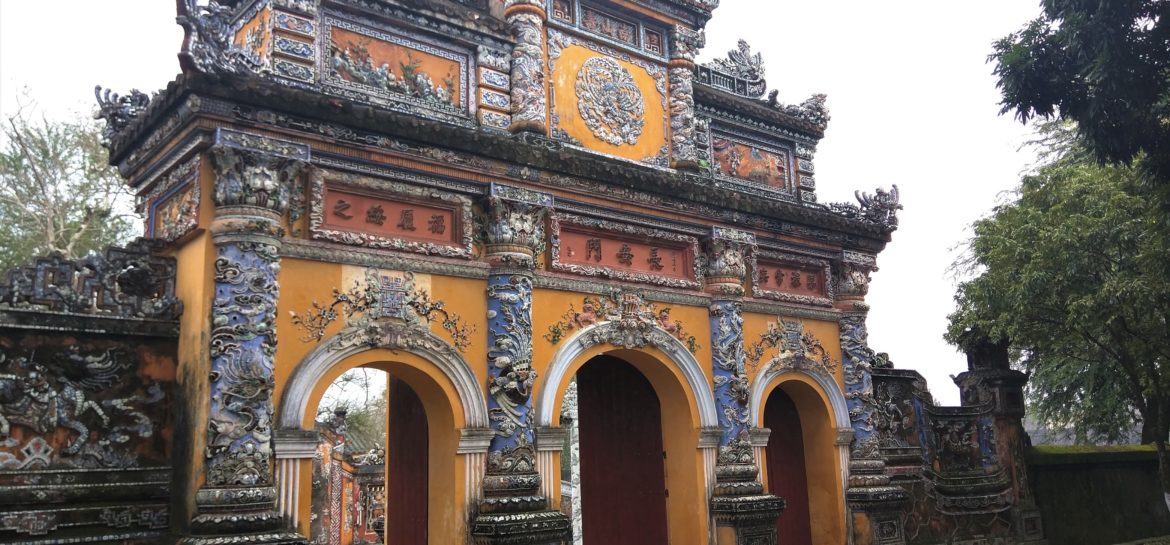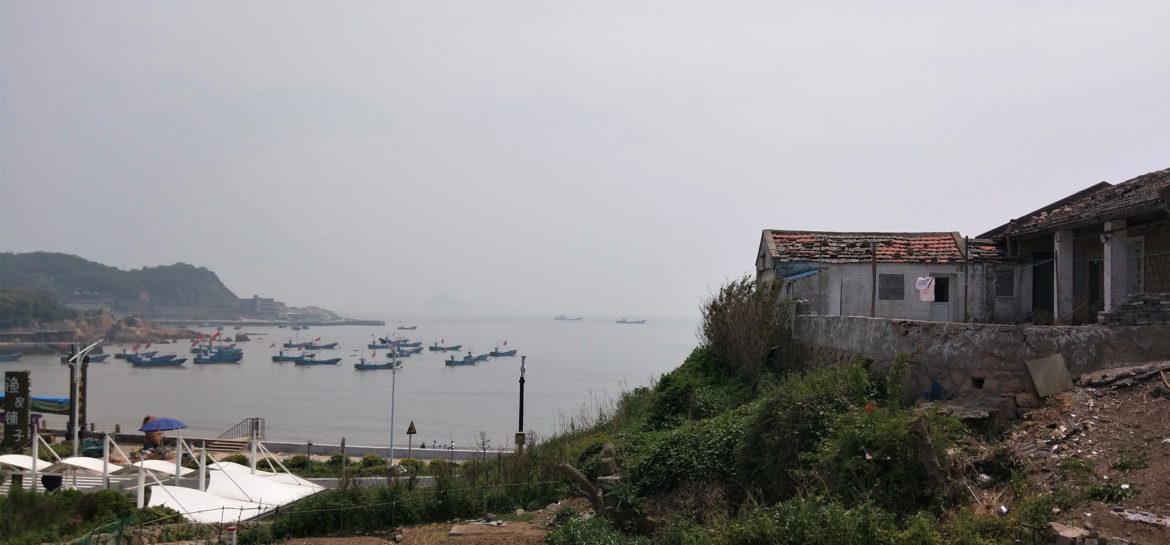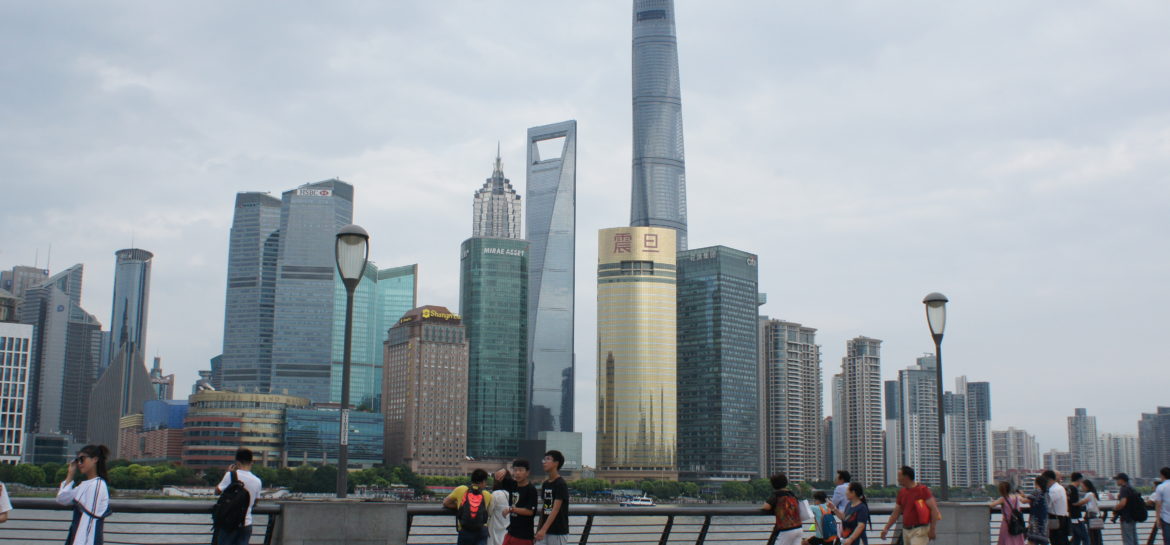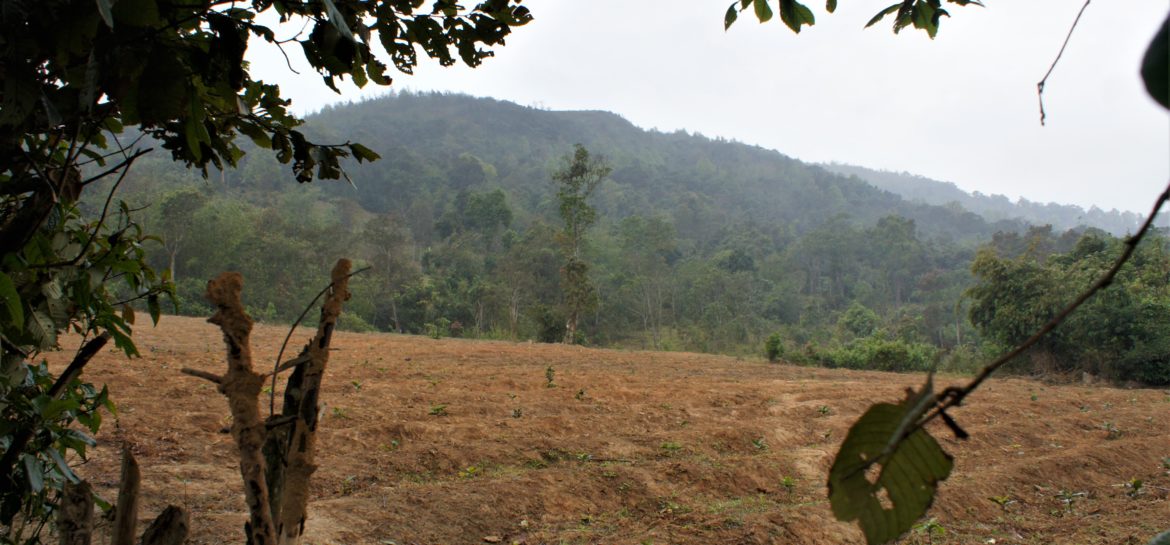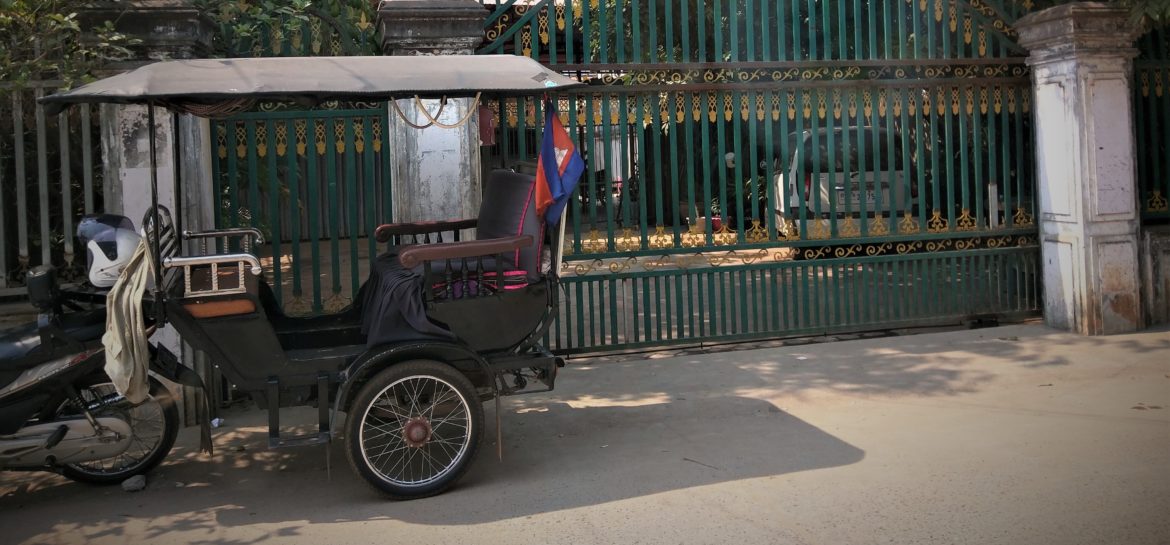For our last in-country vacation while in China, we had hard decisions to make. We sought something different – not the big city nor the bustling culture marketplaces but something more, well, sublime. At one point in our search we recalled the places we’d been and realized how many of them were on the national currency. Beijing, Hangzhou, and the Yangtze River are all famous sites memorialized on the back of the Chinese national currency. Instantly, we knew we had our next destination.
A city which many people outside of China would not be able to find on a map, Qingdao sits on the northeast coast of China a few hours away from Beijing and 7 hours by train from Shanghai. In 2009 it was listed as the most livable city in all of China. Being famous for its beer, and also as the hometown of a good friend of ours, we decided to take the train for a long weekend visit in early July and discovered a town that will forever be in our hearts.
Beijing. The political and cultural center of China. Any visit to this country demands one to this ancient city that is the beating heart of the Middle Kingdom. After 10 months in China, each of us felt a little shy or hesitant to admit to others we hadn’t yet visited this city. Two unique ways presented themselves for our family to experience this cultural center of China at the end of the school year. The first was an organized school field trip where father and…Continue Reading “Beijing”
Hoi An’s reputation as a must see stop in Central Vietnam preceded itself. Tourist guides, blogs, and friends told of its enchanting shops and neighborhoods. We scheduled a long visit to this city in late February, intending it as a relaxing bookend to our epic trip through Thailand and Cambodia. This small and historic coastal city is literally lit up with colorful lanterns adorning streets and buildings with floral candles floating on the canals. It was charming indeed, but I couldn’t quite shake the feeling…Continue Reading “Hoi An”
It’s odd that my memories of Vietnam will not be about the food. I love Vietnamese food and was eagerly awaiting our experiences with the local cuisine. Yest for some reason, in the main areas we visited these expected moments of culinary awe were missing. Whatever the reason for this, the cliched truth is that the best meal any of us had in our visit to Vietnam in February was at a single roadside noodle shop in Khe Sahn. At this little unnamed restaurant, tucked away from all tourists, while sitting on plastic stools and looking out over a quiet, rainy street, we quietly enjoyed a piping hot bowl of delicious noodle soup,
The sight of the ocean expanding out across the horizon was a thrilling site for all of us. After weeks of our daily vista only including buildings jutting into the sky, crowds of people on metros, and seemingly endless expanses of roads and concrete, we were looking forward to a scenic weekend away and some nature to relax our eyes and spirits. All of us were excited to beach-comb and add treasures to our collection of seashells and rocks.
The Bund is the section of waterfront along the Huangpu River which separates the older district of downtown Shanghai (Puxi) from the newer financial district (Pudong). Situated on the former international settlements of Shanghai, it was the historic home to trading institutions and banks from international (British, French, American, etc.) interests in the area during the 19th and 20th centuries. Because of the area’s architecture, history, and location on the outer banks of a river as it transitions around a corner, the Bund remains an active waterfront in this bustling city.
Our car was parked at the village as we waited inside for our guide to give us the signal we could come out. Looking around at the homes clustered in a small grouping, each on a raised platform, I noticed again the distinctive Vietnamese red flag with single yellow star hanging outside the houses. It wasn’t surprising. We had seen flags posted in front of businesses, homes, or along the roadside since our departure from Hue earlier that morning. The coming Tet Holiday (marking the lunar new year) had the entire country preparing for festivities – including a patriotic celebration marking 50 years since the famous Tet Offensive of 1968.
housands of people visit Angkor Wat (known as the city of temples in the Khmer language) each year. A massive complex of ancient temples built by the Khmer Kingdom some 900 years ago, each of the many temples built in this “city of the gods” were built by Khmer kings . These kings seemed to be in a competition to outdo their ancestors with the grandness and scale of their temple projects, each reign progressively becoming more grand than the last. The competition effectively ended with Suryavarman II when he had the massive Angkor Wat built which today remains the largest religious structure in the world.
Whatever comes to mind when you think of Cambodia, be it some vague connection the country had to the Vietnam war, the killing fields of the Khmer Rouge, ancient temple ruins in the jungle, or even orphans and Angelina Jolie, you’re probably selling it short.
